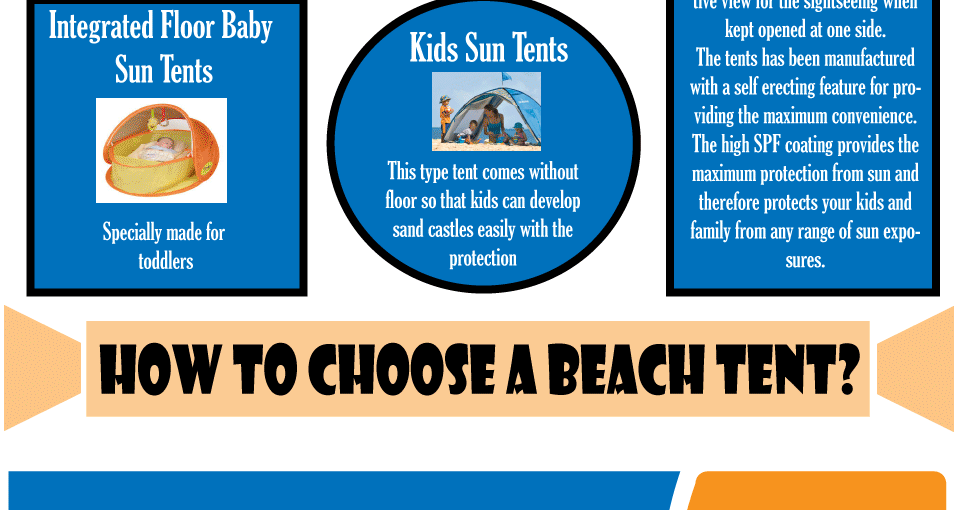A range jack is an enhanced opening in the tent fabric that safely fits woodstove pipes. Nevertheless, the procedure of suitable a cooktop jack can be frightening for first-time campers, and mistakes in installation could result in camping tent fires or carbon monoxide poisoning.
Luckily, a properly fitted and preserved stove jack is among the safest additions to a canvas outdoor tents, like the Roamin Home Nomad.
Positioning
A stove jack is important to the functionality and comfort of your canvas outdoor tents. Not only does it supply warmth and cooking ease, but it likewise aids eliminate dampness from your wall surfaces to keep your outdoor tents comfortable and dry throughout the periods.
Keeping in mind that they're developed to stop the fire and flue pipe from entering contact with the canvas, it is necessary to place your oven jack securely. Stove jacks ought to be positioned as far away from the wall of your camping tent as feasible, in particular, the location that flickers and moves one of the most.
Our modular range jacks enable you to place your departure factor for the pipeline in either the roofing or side wall of your outdoor tents, giving you full control over where you would certainly like your smoke and exhaust to leave your sanctuary. Learn more regarding usual blunders campers make when fitting their range jacks, and exactly how to prevent them to guard yourself from camping tent fires and carbon monoxide gas poisoning.
Air flow
A cooktop jack provides a safe departure factor for the pipeline of your outdoor tents stove, ventilating smoke from the interior of your camping tent. Without air flow, hazardous gases like carbon monoxide gas can accumulate inside the tent. The jack is also developed to avoid warm resources from touching the canvas of the outdoor tents, shielding the framework and materials from damages or fire.
Preferably, your flue should extend at least 6 inches above the top of the camping tent ridge. This enables the wind to blow stimulates far from your roofing, minimizing the threat of them melting openings in the outdoor tents roof covering.
Air flow additionally aids boost burning performance and home heating ability. The products your cooktop and flue are constructed from capture warmth emitted by the smoke and fuel, raising their temperature and advertising more burning. The jack after that mirrors this heat right into the camping tent, assisting to keep the interior of the tent warm and comfy for longer durations.
Gas
Make sure that you are utilizing only fire-safe woods and that your stove is properly fueled. Stay clear of straining the oven, as this can trigger overheating that might result in fire. Additionally, store combustible things like alcohol, aerosols and gas cyndrical tubes outside the camping tent to avoid them from causing a fire.
Stove Jacks are made to shield outdoors tents from warm, and the cloth they're made from is fire-resistant. However, they are just made to be made use of securely if they are appropriately set up and placed appropriately. Guarantee that the range pipe is aiming up and down with the hole, as any other angle can impede correct air movement.
Stoves can stay alarmingly hot for hours after they are used and can harm or spark camping tent fabric, resting bags, and various other personal items if positioned as well close. Keep a fire extinguisher close by and make certain everyone recognizes where it is, in reusable addition to how to utilize it. Furthermore, always make use of fireproof bedding like outdoor tents floor coverings and platforms to stop warm from damaging your cushion.
Snuffing out
A fire can spread promptly, especially when embers fly into greenery or close-by frameworks. Constantly maintain a water bucket and fire extinguisher helpful in case of a fire, and never leave a campfire unattended.
If constructing a campfire, clear the area and use assigned pits. Be sure to examine regional campground or public lands rules for any kind of limitations before producing a campfire. Prevent using liquid-filled heating systems, lights or candle lights inside camping tents; they can produce fatal carbon monoxide. Pack a portable CO alarm system and multipurpose fire extinguisher for included comfort.
Event tent fire safety conformity needs adherence to NFPA requirements and local laws, in addition to normal monitoring, personnel training on emergency procedures and effective discharge methods. Proper tent arrangement, licensed materials and electric devices are essential elements for achieving compliance. Performing pre-event danger assessments, carrying out regular safety and security checks and communicating emergency situation protocols with attendees assist minimize hazards and produce effective occasions that prioritize guest health.
